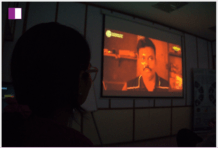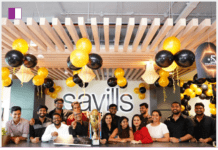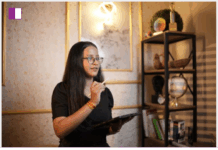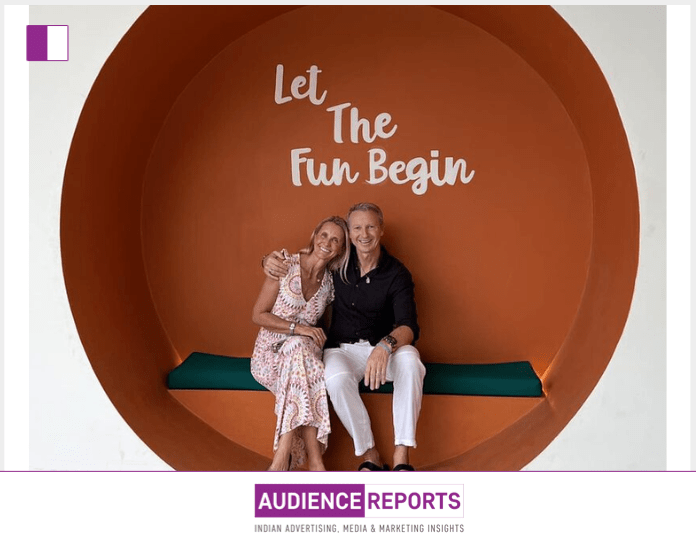Colin Hiles, an Executive Coach and Habit Change Expert, offers a refreshing perspective on why change is so difficult and how we can make it easier. In a world where people often focus on motivation and willpower, Colin Hiles emphasizes a more practical and sustainable approach: designing our environment for success. His insights into habit change challenge the common belief that we can simply “will” ourselves into better behavior. Instead, he argues that by adjusting our surroundings, we can create an environment that fosters positive change without constantly relying on fleeting motivation.
Colin Hiles begins his reflections with an acknowledgment of how hard change really is. Whether it’s resisting sugary snacks, shopping online, or staying up late watching TV, the comforts of these habits are hard to break. As Colin Hiles points out, many people believe that the solution to change lies in sheer willpower. “Just do it,” they tell themselves. However, as he wisely notes, this mindset often falls short. Motivation can be tricky and elusive, with some days being full of energy and determination, and others leaving us feeling like a lazy couch potato. Colin Hiles knows that this is a common struggle for many and asks a critical question: Is it really our willpower that’s the problem, or is it something else?
Colin Hiles introduces the concept that our environment plays a far greater role in our behavior than we typically acknowledge. Drawing on a quote from Roger Hamilton, who says, “We are creatures of environment,” Colin Hiles challenges us to think about whether our surroundings are designed for success or failure. This shift in perspective can be a game-changer for anyone who feels stuck in a cycle of bad habits. As Colin Hiles explains, our immediate environment doesn’t just consist of the people around us but also the items, colors, and sounds that trigger our behaviors.
Rather than relying solely on willpower, Colin Hiles suggests that we take control of our environment to make positive actions easier and more automatic. For example, if someone wants to eat more healthily, they can start by “putting the house on a diet.” Colin Hiles explains that simply placing a bowl of apples in the middle of the kitchen can make it more likely that, when cravings hit, a person will reach for a piece of fruit instead of unhealthy snacks. This small change in the environment can lead to big improvements in health without requiring a constant battle with willpower.
Another example Colin Hiles offers is for those who want to exercise more. Rather than relying on motivation to get to the gym, he recommends packing gym clothes the night before and leaving them as an obstruction to the bedroom door. This environmental design nudges a person toward picking up the gym bag and working out, making it more likely that they will follow through with their intentions. Colin Hiles emphasizes that these small tweaks in our environment can remove the friction that often prevents us from taking action.
Colin Hiles doesn’t stop at physical health; he also addresses the importance of environmental design for mental habits. For those who want to read more, he suggests moving televisions and electronics out of the bedroom and placing interesting books in plain sight. By doing so, the temptation to watch TV or scroll through social media is reduced, and the likelihood of picking up a book increases. Colin Hiles recognizes that when we remove distractions and make the desired behavior more accessible, we are more likely to follow through with our goals.
In the realm of productivity, Colin Hiles offers another practical solution: put the smartphone away. With so many of us being distracted by our devices, he advises closing unrelated tabs and using app or website blockers to prevent social media from pulling us off track. Colin Hiles believes that by minimizing distractions and simplifying our workspace, we can significantly increase our productivity without needing to summon extraordinary amounts of willpower.
The essence of Colin Hiles’ approach to change lies in designing the environment in a way that aligns with the habits we want to build. Rather than focusing solely on motivation or willpower, which can be unreliable and inconsistent, he advocates for making the right choices easier through strategic adjustments to our surroundings. Colin Hiles offers a more practical and sustainable approach to habit change, one that recognizes the limitations of human willpower and the power of environmental cues.
Colin Hiles’ advice is not only relevant but also accessible. He encourages us to take small, actionable steps toward designing an environment that supports our goals. Whether it’s making healthier food choices, exercising more, reading, or being more productive, the key is to set up our surroundings in a way that naturally leads us toward success. Colin Hiles’ insights remind us that we don’t have to rely on motivation alone to change our lives; we can create conditions that make positive habits easier to adopt and maintain.
By focusing on the power of environmental design, Colin Hiles offers a refreshing take on the challenges of habit change. He acknowledges that change is hard and that motivation is fickle, but he also provides a solution that doesn’t rely on constant willpower. Colin Hiles’ approach is rooted in practicality, emphasizing the importance of setting ourselves up for success by shaping our environment to support the habits we want to cultivate.
As Colin Hiles concludes, the key to lasting change is simple: change your surroundings, change your life. This powerful message offers a hopeful and actionable path forward for anyone looking to break free from old habits and build new ones. By applying the principles shared by Colin Hiles, we can all design environments that make positive change not only possible but inevitable.



































